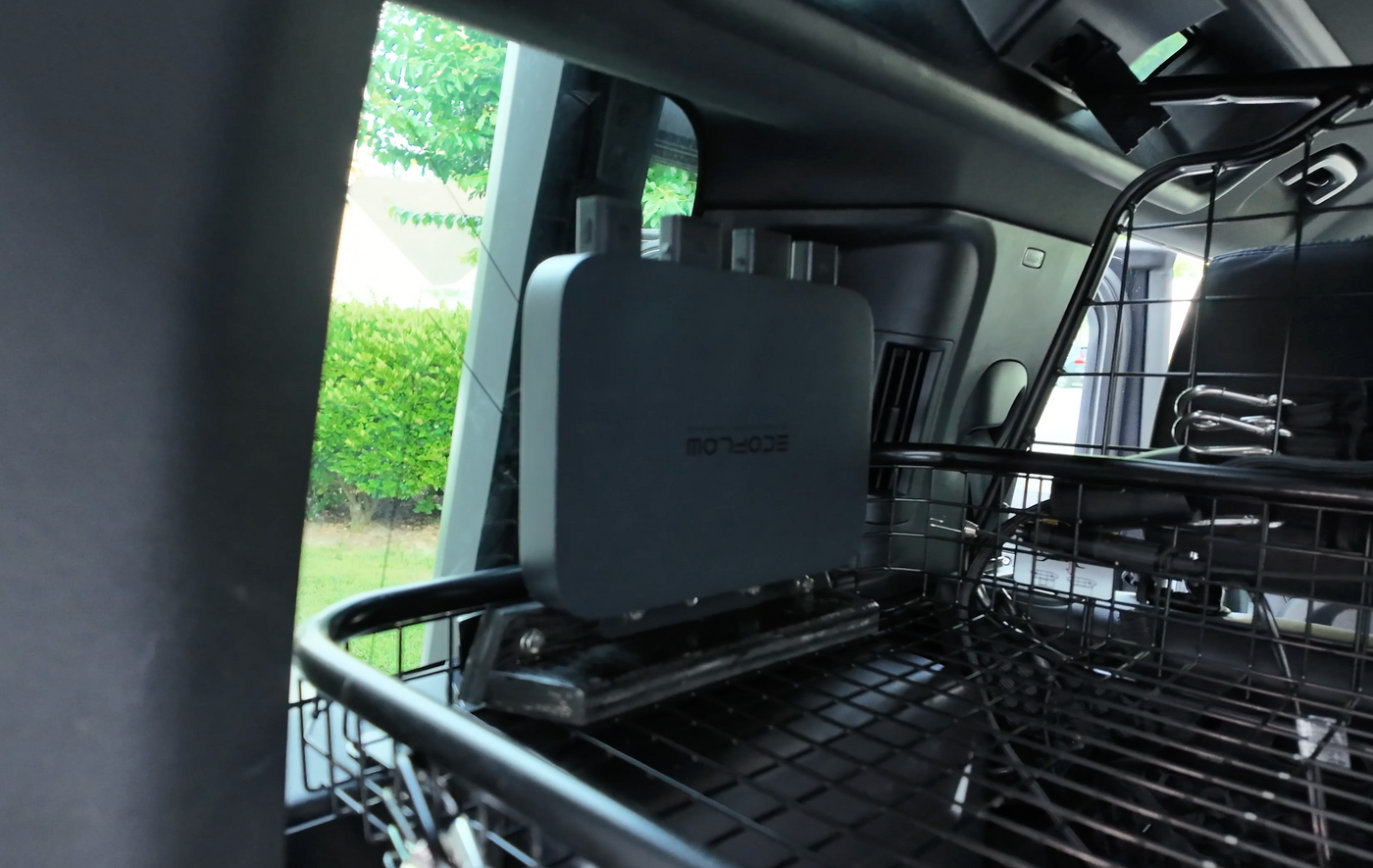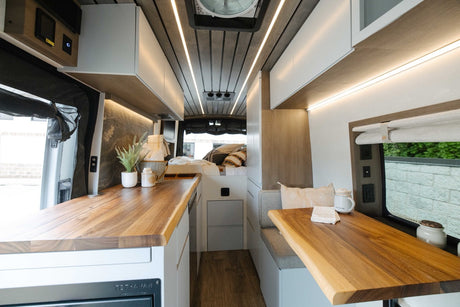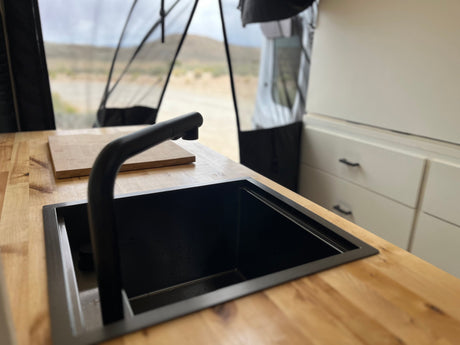EcoFlow's new 800W Alternator Charger changes the way you travel and recharge with portable power stations like the EcoFlow DELTA 2, 2 Max, Pro, and new EcoFlow DELTA Pro 3. Now you can recharge 1 kWh in 1.3 hours of driving (roughly 75 minutes).
EcoFlow's new overland game-changer not only outperforms current portable recharge methods, it also comes with everything you need to completely install and connect your EcoFlow 800W Alternator Charger to your DELTA series power station (note that a DELTA Pro requires the Smart Generator Adapter included in our DELTA Kits).
Recently, we sent an EcoFlow Alternator Charger to our affiliate Jason Freer, camping and overland product reviewer behind the YouTube channel @WhyWeLikeIt, to review and share the installation process behind this innovative new product. We're excited to share his feedback and experience with the new EcoFlow 800W Alternator Charger.


How to Install an 800W EcoFlow Alternator Charger
Check out Jason's install tips on a

Step 1: remove anything that is going to be in the way during our install. I removed the back floor cover and storage area for easy access to running the EcoFlow wires.
The back floor well has a lot of Land Rover technology so we want to be careful, but we will route the wires through here to our Alternator Charger mounting area:

In the 2022 Land Rover Defender 110, the vehicle battery is located under the passenger side seat (in the USA, this is the right-hand side), so we want to slide the passenger seat all the way forward to allow access to the battery compartment.

Remove the cover and reveal the battery. After locating the factory wiring harness conduit pass-through, I run the EcoFlow input cable down through the conduit into the battery compartment:

After fishing the EcoFlow input cable through the conduit, it is in the battery compartment and ready to connect to the battery itself:

I attach the ground to the chassis-mounted ground cable that connects to the bus line that goes to the negative ground on the battery.
I then connect the ground side of the EcoFlow cable to the ground terminal bus on the Land Rover. Then tighten the ground terminal nut back into place:

Next I slide the passenger seat all the way back to reveal the front positive terminal located at the foot well of the front passenger area.I attach the EcoFlow fuse line, with the fuse going to the back of the battery area and I tighten down the positive nut to the terminal.

Next I slide the passenger seat all the way forward again, so I can work at the back of the battery with the EcoFlow fuse and positive connection of the input line.Be very careful with the positive wires as you work around the negative ground of the battery. Next, attach the Alternator Charger import cable positive to the fuse that goes to the positive terminal of the battery:


Finish the battery area by snapping the fuse cover back in place and tucking the wires down next to the battery, then replacing the battery cover and putting the passenger seat back into its regular position.

In the back area of the Defender, I route the EcoFlow input cable from the passenger side of the vehicle to the driver side where I would like to mount the Alternator Charger itself. I use zip ties and attach the input cable to a structure bar that is out of the way to protect the EcoFlow cable and to keep it away from other Land Rover electronics.


EcoFlow Alternator Charger Installation:
Watch Jason's full installation and review below:













